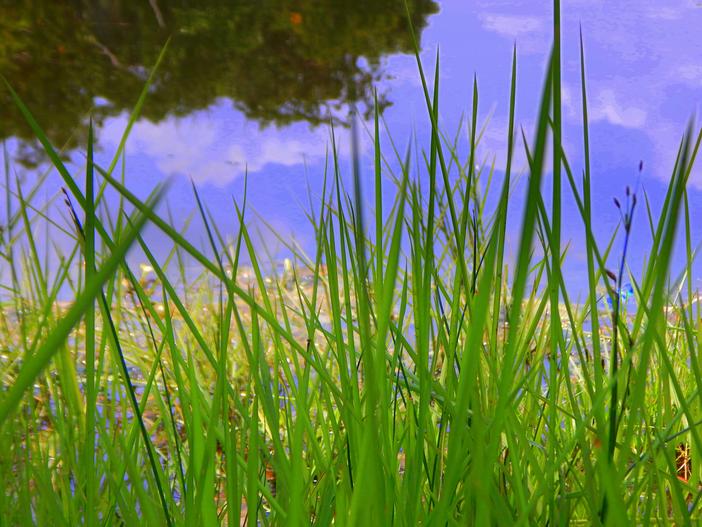Manila Grass
(Zoysia matrella)
Manila Grass (Zoysia matrella)
/
/

Saisumanth532
CC BY-SA 4.0
Image By:
Saisumanth532
Recorded By:
Copyright:
CC BY-SA 4.0
Copyright Notice:
Photo by: Saisumanth532 | License Type: CC BY-SA 4.0 | License URL: https://creativecommons.org/licenses/by-sa/4.0 | Uploader: Sumanth699 | Publisher: Wikipedia Commons



































Estimated Native Range
Summary
Zoysia matrella, commonly known as Manila grass, is a warm-season, perennial grass that is well-suited for tropical and subtropical regions. It is native to coastal grasslands and sandy shores in Southeast Asia, where it thrives in warm, humid climates. Manila grass forms dense, fine-textured, velvety green mats, spreading vigorously by stolons and occasionally by rhizomes once established. It typically grows 5–25 cm in height, with slender, prostrate stems. The inconspicuous flowers are greenish, produced on erect racemes 6–35 mm long, each spikelet bearing a single 2–3.5 mm flower. This species is valued for its durability and ability to form a tight, carpet-like turf, which is resistant to weeds and can tolerate light foot traffic.
Manila grass is renowned for its ability to establish on sandy soils where other grasses may struggle, and its high salinity tolerance makes it ideal for coastal landscapes. It is widely used as a turfgrass for golf courses, lawns, and as ground cover in urban and residential settings, particularly in the southern United States. It is also utilized for grazing in agroforestry systems, such as tropical coconut plantations. Manila grass requires full sun to thrive and performs best with medium water input and in soils with a range of drainage capabilities, from fast to slow. While it is low-maintenance, it can be slow to establish and may require periodic dethatching to maintain its health and appearance. It is less cold-tolerant than some other turfgrasses, which can limit its use in cooler climates.CC BY-SA 4.0
Manila grass is renowned for its ability to establish on sandy soils where other grasses may struggle, and its high salinity tolerance makes it ideal for coastal landscapes. It is widely used as a turfgrass for golf courses, lawns, and as ground cover in urban and residential settings, particularly in the southern United States. It is also utilized for grazing in agroforestry systems, such as tropical coconut plantations. Manila grass requires full sun to thrive and performs best with medium water input and in soils with a range of drainage capabilities, from fast to slow. While it is low-maintenance, it can be slow to establish and may require periodic dethatching to maintain its health and appearance. It is less cold-tolerant than some other turfgrasses, which can limit its use in cooler climates.CC BY-SA 4.0
Plant Description
- Plant Type: Grass
- Height: 0.5-0.5 feet
- Width: 0.5-1 feet
- Growth Rate: Moderate
- Flower Color: N/A
- Flowering Season: Summer
- Leaf Retention: Deciduous
Growth Requirements
- Sun: Full Sun
- Water: Medium
- Drainage: Fast, Medium, Slow
Common Uses
Drought Tolerant, Fire Resistant, Groundcover, Low Maintenance, Street Planting
Natural Habitat
Native to coastal grasslands and sandy shores in Southeast Asia
Other Names
Common Names: 금잔디, Japanese Carpet Grass
Scientific Names: , Zoysia tenuifolia, Zoysia matrella, Osterdamia matrella, Zoysia matrella var. typica, Agrostis matrella, Matrella juncea, Milium matrella, Osterdamia pungens, Osterdamia zoysia
GBIF Accepted Name: Zoysia matrella (L.) Merr.